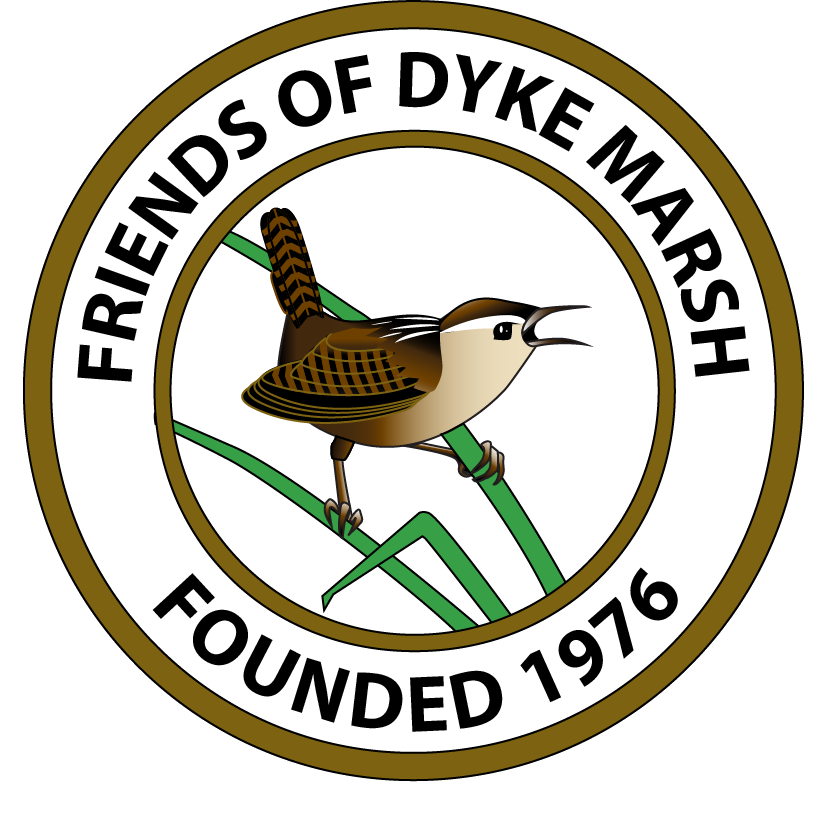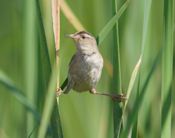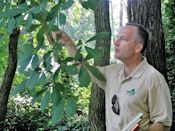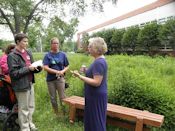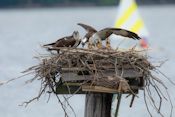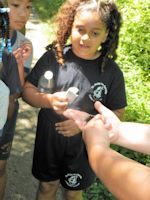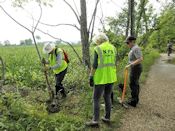This year, 2017, there seem to be more marsh wrens (Cistothorus palustris) occupying the Dyke Marsh Wildlife Preserve than at any time since 2014 when FODMers last recorded this bird as a breeder. Data from volunteers this year suggest there may be as many as five territorial males in the marsh. This does not necessarily mean the population is recovering. Avian males appear more willing to occupy degraded or marginal habitats than females and, sadly, we have had no reports of females alone or as part of a breeding pair in Dyke Marsh since 2014.
News
It was all about geology, plants, forests, wetlands, uplands, birds, mammals, reptiles, insects, how everything interrelates and more on the June 10, 2017, ecology walk with Charles Smith, expert naturalist and Chief of Fairfax County’s Stormwater Planning Division, Watershed Projects Implementation Branch.
One of Dyke Marsh’s neighbors, the Belle View Elementary School, has created outdoor classrooms over the last ten years which help restore and support our natural resources, including the Dyke Marsh Wildlife Preserve.
The 600-student school is just west of Dyke Marsh West. What happens upstream has effects downstream, especially for water quality. For species like birds, moths and butterflies that move throughout the environment, creating some natural connectivity and supportive habitat can be very important.
An osprey (Pandion haliaetus) family near the boat ramp of the Belle Haven Marina has provided fans and photographers many prime raptor-watching opportunities this spring, 2017. The two adults are raising three young.
Rising third graders from St. Philip the Apostle Catholic School, Camp Springs, Maryland, were intrigued by the black “patent leather” beetle or horned passalus (Odontotaenius disjunctus), during their June 1, 2017, visit. NPS Ranger Mireya Pasa urged the youngsters to touch the beetle and pointed out the insect’s distinctive mandibles.
On May 31, 2017, eight enthusiastic FODMers planted another 30 native shrubs and trees along the Haul Road trail east of the “dogleg” turn along the trail, led by NPS staffers Melissa Westbrook and Colin Davis. This planting was in addition to the 40 plants put in on April 25, 2017.
